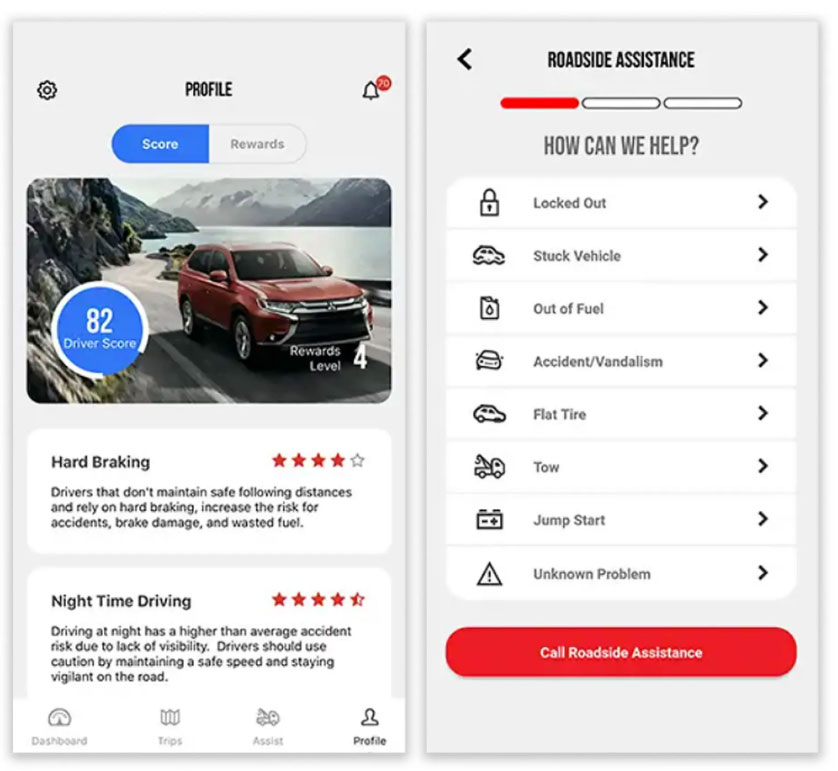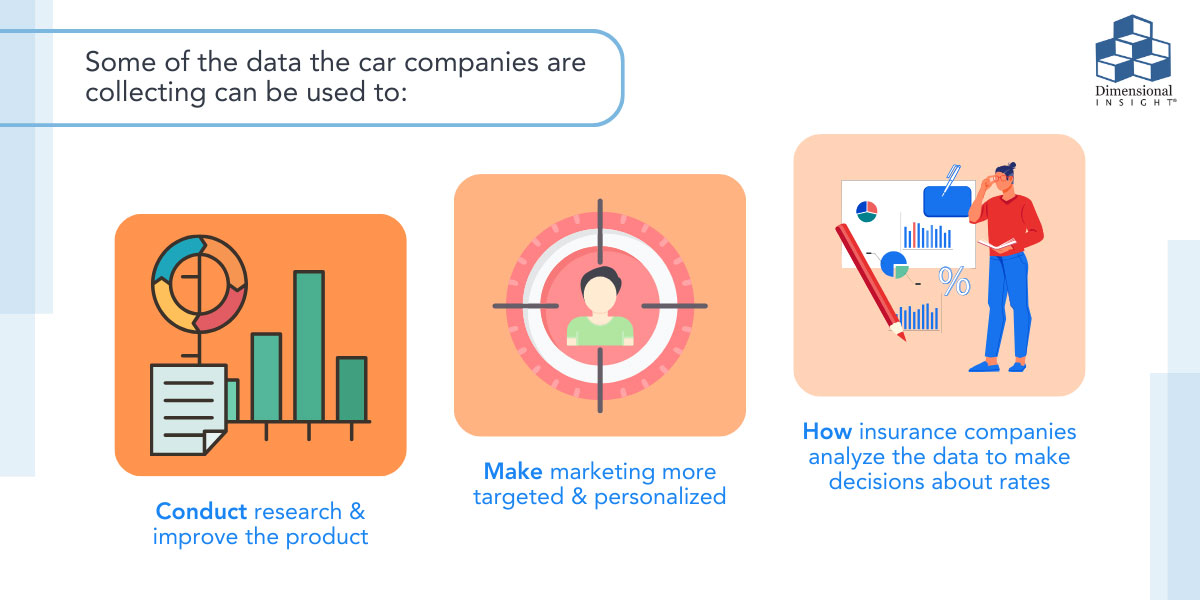It may seem obvious to consider that self-driving cars process many different data points in order to navigate the roads. It is probably more surprising to learn that a car doesn’t have to be self-driving in order to record some of that same information. In fact, most new cars are collecting a lot of data, whether the owner is aware of it or not.
Some of the data collected by a vehicle is the information that’s easily accessible to a driver. Fuel levels or tire pressures, for example, are easy for a car owner to find. A trip to a dealer could give you more detailed information such as the status of a battery. But a lot of the data being collected by vehicles may be the type that a car owner wouldn’t even think about. Some cars record data as detailed as how hard a driver is pushing on the gas or brake, or information about seat belt usage.
GM stops sharing data
Some of this information came to light recently after a New York Times report about General Motors sharing such details with data brokers who created risk profiles for the insurance industry. In one example, a Seattle man received a report from one of the data brokers after his car insurance cost went up. The report “included the dates of 640 trips [in the General Motors-manufactured car], their start and end times, the distance driven and an accounting of any speeding, hard braking or sharp accelerations. The only thing it didn’t have is where [he or his wife] had driven the car.”

(Source: New York Times, March 11, 2024, https://www.nytimes.com/2024/03/11/technology/carmakers-driver-tracking-insurance.html)
When the man asked different insurance companies why he couldn’t find a reasonable rate, they cited the driving report as a factor. Shortly after the Times report, General Motors stopped sharing OnStar data with the brokers, citing customer trust as a reason it was evaluating its policies.
How the data is collected
Sometimes all of this data collection happens in a very transparent way. Car companies can require consent to turn on data collecting features. Some insurance companies offer incentives to drivers who knowingly agree to use monitors that collect information on their driving, or they base their rates on that information.
There are times, though, when some companies say they have drivers’ permission and drivers are unaware that something they signed had the agreement in fine print somewhere. Cars that can access roadside assistance or allow for remote access in some way are likely turned on to send information to an automaker. Lawmakers are exploring whether this type of data collection violates the Federal Trade Commission Act, which prohibits deceptive business practices that harm consumers.
The gray area of the analytics
Some of the data the car companies are collecting can be used to conduct research and improve the product. In other cases, the data is used to make marketing more targeted and personalized, by using a location, for example. And, of course, there is how the insurance companies analyze the data to make decisions about rates.

Among the issues some drivers have reported when it comes to the information insurance companies are using is the definition of some of the terms. When working with analytics, it is important that everyone is on the same page. Speeding can be easily measured based on the speed limits set on roadways, but a driver can make the argument that just because they were going a little faster than the speed limit doesn’t mean they were not driving safely. The fact that they weren’t issued a speeding ticket could bolster their claim. And when it comes to a term like “hard braking,” there is no clear meaning. A driver in the New York Times article says, “I don’t know the definition of hard brake. My passenger’s head isn’t hitting the dash. Same with acceleration. I’m not peeling out. I’m not sure how the car defines that. I don’t feel I’m driving aggressively or dangerously.”
There are important applications of the data that can help everyone involved. While the car companies are using the information to work on possible improvements or in deciding whether they need to issue a recall, technicians can look at the information to help them pinpoint a problem they might not otherwise notice.
Data works best when all stakeholders are pulling in the same direction. Whether that is defining the terms, figuring out how the data is going to be used, or even identifying which data should be collected in the first place, the work that can be done is only as effective as the people who are making the decisions as a result of what is collected. The right business intelligence solution is a must when it comes to handling the data. But, as General Motors learned recently, having the trust of everyone involved in collecting the data is an important step as well.
- Analyzing the Challenges of Pharmaceutical Supply Shortages - April 26, 2024
- Summer is an Opportunity for Digital Transformation in Education - April 17, 2024
- Your Car is Tracking More than Miles per Hour - April 11, 2024



